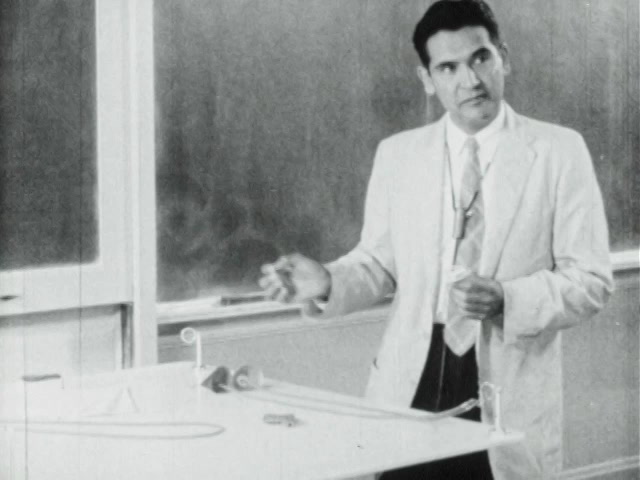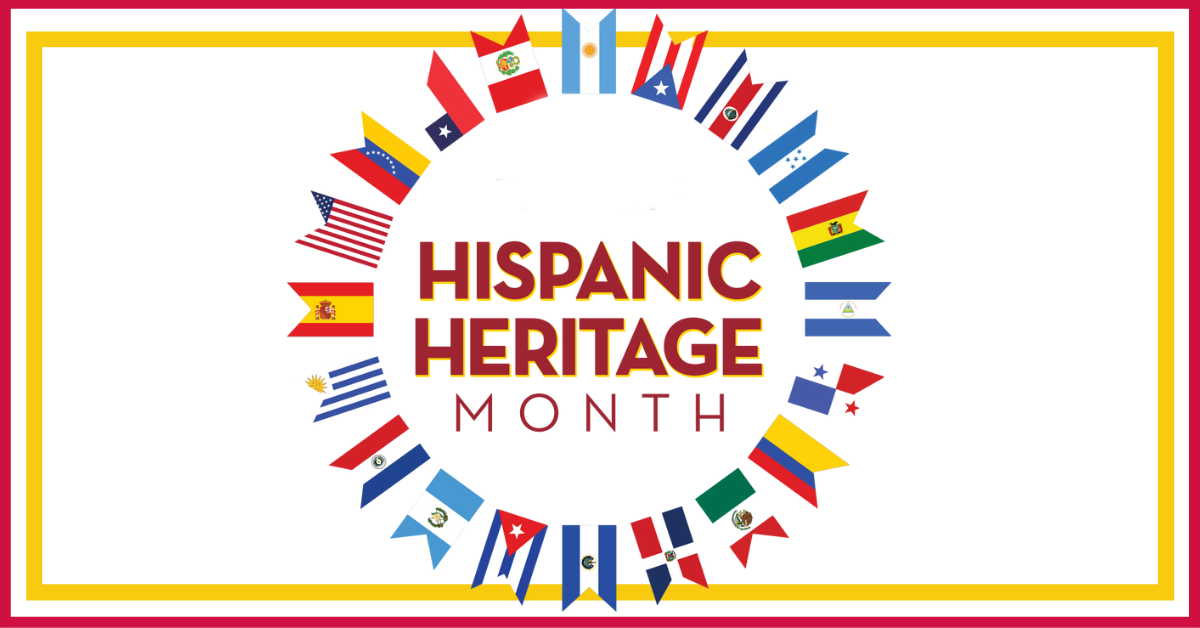
In honor of Hispanic American Heritage Month, we have gathered a few notable Hipsanic American figures who have greatly influenced the world of science. Discover these scientists below to learn a little bit about their backgrounds and the lasting impact their work has had on the lives of millions of people.
Severo Ochoa
Physician and Biochemist (1905 - 1993)
Ochoa was educated at Málaga College, where he took his B.A. degree in 1921. His interest in biology was greatly stimulated by the publications of the great Spanish neurologist, Ramón y Cajal, and he went to the Medical School of the University of Madrid, where he obtained his M.D. degree (with honours) in 1929. Ochoa’s research has dealt mainly with enzymatic processes in biological oxidation and synthesis and the transfer of energy. It has contributed much to the knowledge of the basic steps in the metabolism of carbohydrates and fatty acids, the utilization of carbon dioxide, and the biosynthesis of nucleic acids. It has included the biological functions of vitamin B1, oxidative phosphorylation, the reductive carboxylation of ketoglutaric and pyruvic acids, the photochemical reduction of pyridine nucleotides in photosynthesis, condensing enzyme – which is the key enzyme of the Krebs citric acid cycle, polynucleotide phosphorylase and the genetic code.Ochoa holds honorary degrees of the Universities of St. Louis (Washington University), Glasgow, Oxford, Salamanca, Brazil, and the Wesleyan University. He is Honorary Professor of the University of San Marcos, Lima, Peru. He was awarded the Neuberg Medal in Biochemistry in 1951, the Medal of the Société de Chimie Biologique in 1959, and the Medal of New York University in the same year. He is a member of several learned societies in the U.S.A., Germany, Japan, Argentina, Uruguay, and Chile, and President of the International Union of Biochemistry.
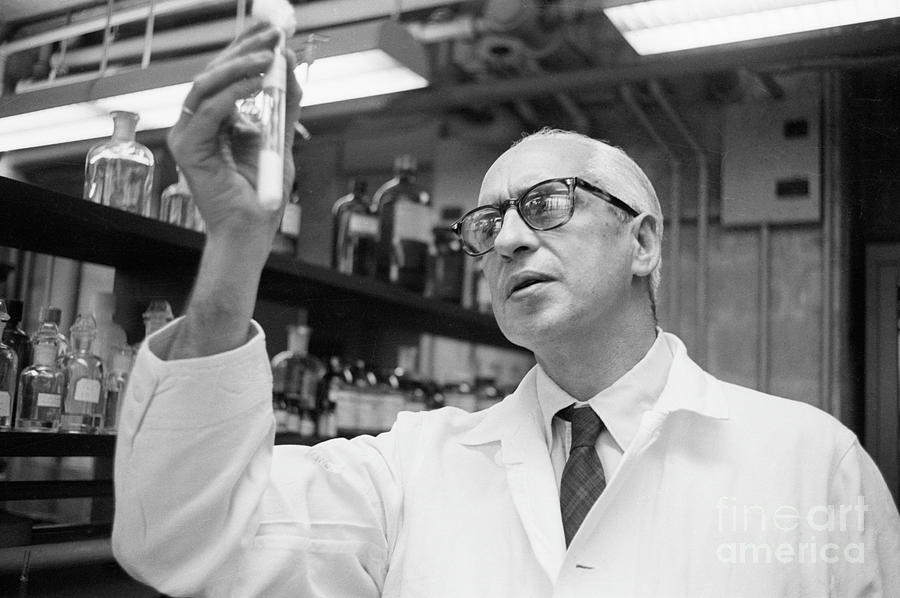
Baruj Benacerraf
Immunologist (1920 - 2011)
Baruj Benacerraf was born to Sephardic Jewish parents in Caracas, Venezuela, on October 29, 1920, he grew up in Paris, where his family lived until the threat of Second World War led them to return to Venezuela in the late 1930s. Although his parents hoped Baruj would follow in his father's footsteps and run the family textile business, he insisted on studying science at Columbia University, where he earned his B.S. in 1942.Benacerraf was awarded the 1980 Nobel Prize in Physiology or Medicine jointly with George Snell and Jean Dausset (AAI '75) for their pioneering studies on the major histocompatibility complex (MHC). Benacerraf demonstrated that genetic factors regulate an individual's immune responses. This discovery shed light on the association of certain autoimmune diseases with particular MHC antigens and the variations in individuals' abilities to respond to pathogens and cancers.
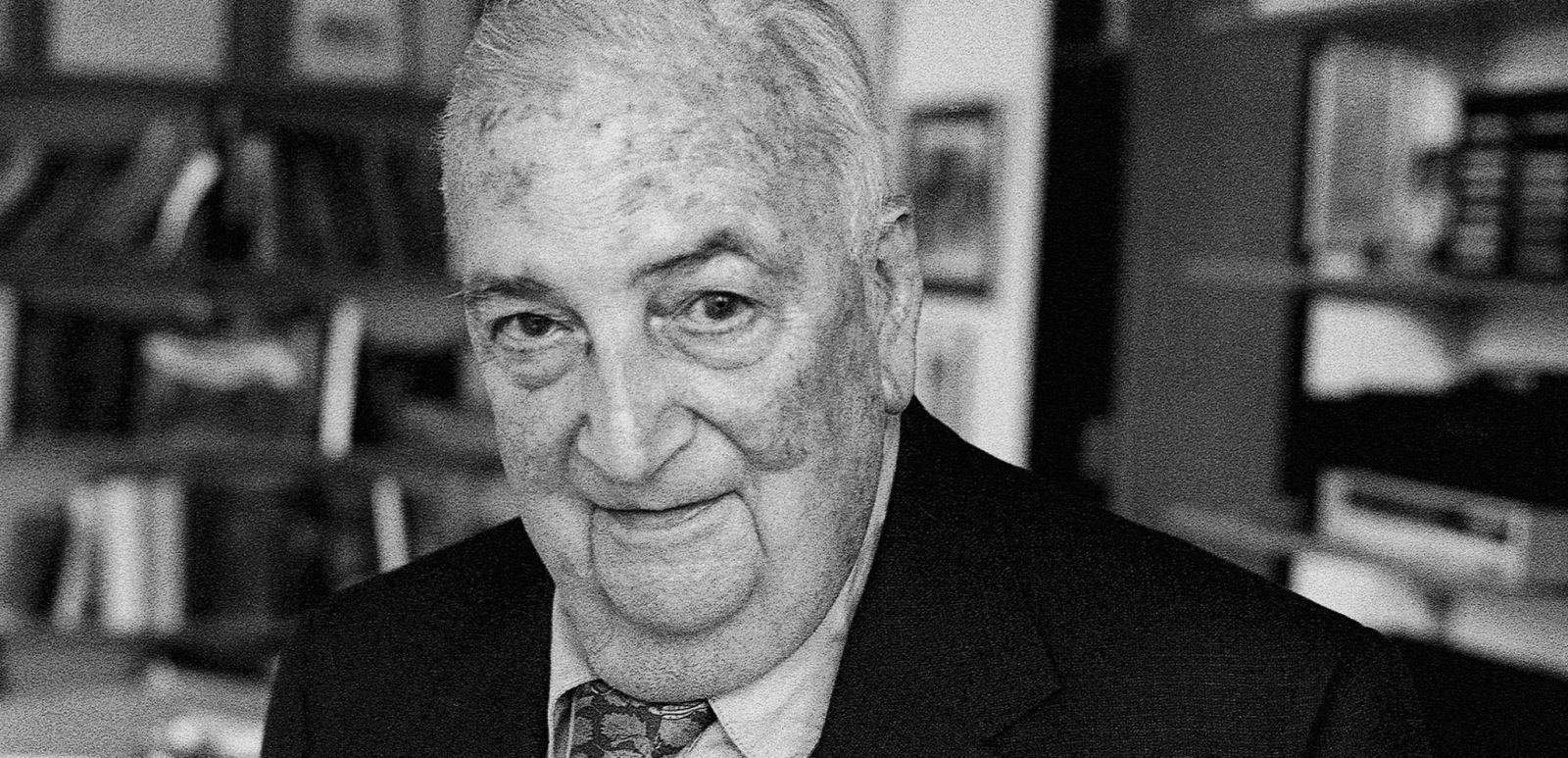
Ellen Ochoa
Engineer & Astronaut (1958 - )
Ellen Ochoa, American astronaut and administrator who was the first Hispanic woman to travel into space (1993). She served as director of NASA’s Johnson Space Center (2013–18). Ochoa studied electrical engineering at Stanford University, earning a master’s degree (1981) and a doctorate (1985). A specialist in the development of optical systems, she worked as a research engineer at Sandia National Laboratories and at the Ames Research Center of the National Aeronautics and Space Administration (NASA). She helped create several systems and methods that were awarded patents, including optical systems for the detection of imperfections in a repeating pattern and for the recognition of objects.Ochoa was selected by NASA in 1990 to participate in its astronaut program, and she became the first Hispanic female astronaut when she completed her training in 1991. In April 1993 she served as mission specialist aboard the STS-56 mission of the space shuttle Discovery, becoming the first Latina to be launched into space. During this mission, she and the other mission specialists performed various experiments collectively called ATLAS-2 (Atmospheric Laboratory for Applications and Science-2) that studied the Sun and its interaction with Earth’s atmosphere. Ochoa's numerous awards include NASA's Exceptional Service Medal (1997), Outstanding Leadership Medal (1995) and Space Flight Medals (2002, 1999, 1994, 1993). Besides being an astronaut, researcher, and engineer, Ochoa is a classical flutist. She lives in Texas with her husband, Coe Fulmer Miles, and their two children.

Helen Rodriguez Trias
Pediatrician & Women's rights activist (1921 - 2001)
Helen Rodríguez Trías was born in 1929 in New York City to Puerto Rican parents. She grew up in both Puerto Rico and New York. In the United States, Rodríguez Trías faced discrimination at school because she was Latina. School administrators placed her in less advanced classes despite her good grades and English fluency. Only when a teacher noticed her intelligence was she moved to higher-level classes. After graduating in 1960, she completed her residency in pediatrics at University Hospital in San Juan and then began teaching at the medical school there. She also established Puerto Rico’s first infant health clinic. The results of her work were immediate: within three years, infant mortality at the hospital had declined by fifty percent. Dr. Rodríguez Trías’s work and personal experiences made her pay attention to the ways poverty, inequality, and racism led to poor health. In 1970, Dr. Rodríguez Trías returned to New York and took a job heading the pediatrics department at Lincoln Hospital in the South Bronx. The 1970s were a turbulent time for the hospital. It served mostly Black and Latino patients. Community leaders and activists frequently criticized the hospital for public health violations, crumbling facilities, and negligent care.
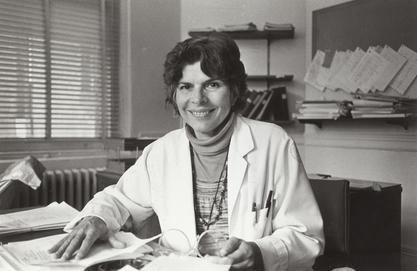
Ynes Mexia
Botanist (1870 - 1938)
Mexia was born on May 24, 1870, in Washington, D.C. When she was very young, her parents divorced. Her father returned to his native Mexico, and her mother moved the family to Texas. She was married twice: her first marriage ended abruptly with her husband’s death, and her second marriage ended in divorce. After her divorce, she moved from Mexico City to San Francisco and became involved in social work. She also became an active member of the Sierra Club, which motivated her to attend the University of California, Berkeley. Her interest in botanical collecting began in 1922 when she joined an expedition led by E. L. Furlong, a Berkeley paleontologist. She enrolled in a course on flowering plants at the Hopkins Marine Station in Pacific Grove, California, and soon after embarked on her first botanical exploration trip to Mexico with Stanford botanist Roxana Ferris. Once in Mexico, Mexia decided that she could accomplish more on her own and abandoned the group, traveling the country for two years and collecting more than 1,500 specimens. She made three additional expeditions to Mexico and collected throughout South America in remote areas of Argentina, Brazil, Bolivia, Ecuador, and Peru. She also collected in Alaska and other areas of the United States.
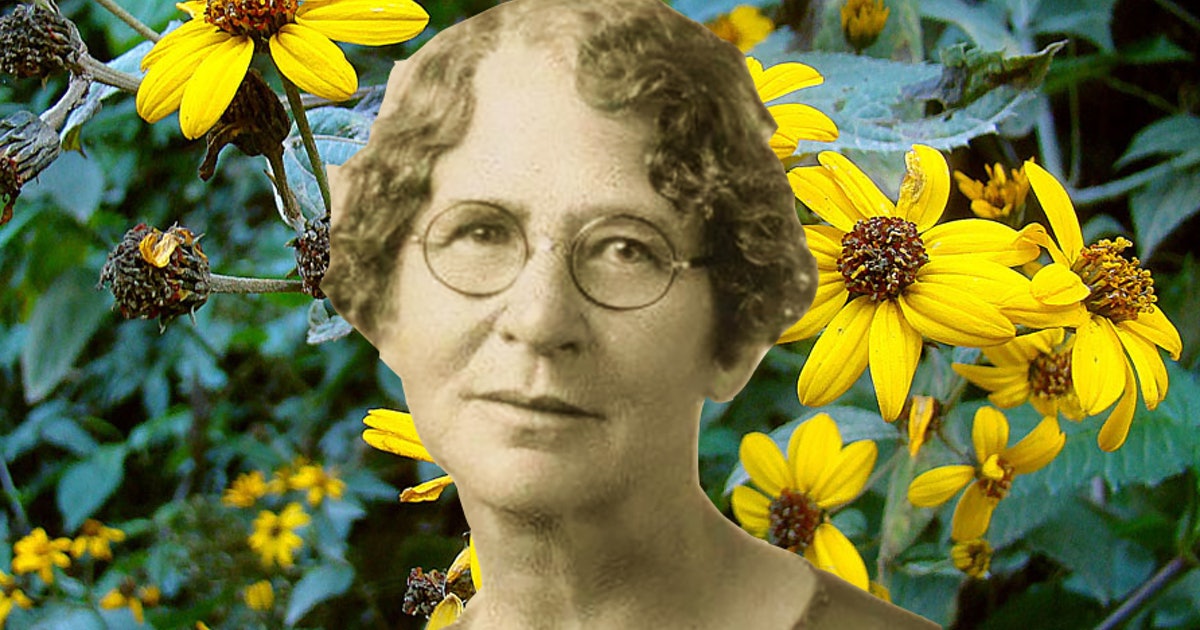
Juan M. Maldacena
Physicist (1968 - )
Maldacena obtained his licenciatura (a 6-year degree) in at the Instituto Balseiro, Bariloche, Argentina, under the supervision of G. Aldazábal. He then obtained his PhD at Princeton University under the supervision of Curtis Callan and went on to a post-doctoral position at Rutgers University. In 1997, he joined Harvard University as associate professor, being quickly promoted to Professor of Physics in 1999. Since 2001 he has been a professor at the Institute for Advanced Study in Princeton, New Jersey. Maldacena has received several awards, including the Edward A. Bouchet Award of the American Physical Society, the Xanthopoulos International Award for Research in Gravitational Physics, the Sackler Prize in Physics, the UNESCO Husein Prize for Young Scientists, an Alfred P. Sloan Foundation Fellowship, a MacArthur Fellowship, the Dannie Heineman Prize, the Dirac Medal, and the Fundamental Physics Prize (Yuri Milner Prize), which is presented to physicists involved in fundamental research.

César Milstein
Biochemist (1927 - 2002)
César Milstein was born in Bahia Blanca, Argentina, on October 8, 1927. His father, a Jewish immigrant who made the journey from Ukraine to Argentina by himself as a teenager, and his mother, a teacher who was raised in a working class, immigrant family, made education a priority for César and his two brothers and encouraged them to attend university. Milstein earned his B.S. in biochemistry at the National University of Buenos Aries in 1952. More concerned with political activism and speaking out against the Juan Perón government than with his studies, Milstein's grades were far from distinguished. Nevertheless, he was accepted into the graduate program in chemistry at the University of Buenos Aires and began to excel as a student, completing his Ph.D. in biochemistry with a dissertation on alcohol enzymes in 1957 and earning a British Council research scholarship to the biochemistry department at the University of Cambridge. There, under the direction of the distinguished biochemist Frederick Sanger, Milstein completed a second dissertation, a study of the enzyme phosphoglucomutase, earning his Ph.D. in 1960 and joining the scientific staff of the Medical Research Council (MRC). In 1961, he accepted an appointment as head of the Department of Molecular Biology at the National Institute of Microbiology in Buenos Aires. Frustrated with the political interference in his laboratory that followed the 1962 military coup in Argentina, he returned to Cambridge in 1963 to work with Sanger at the newly formed MRC Laboratory of Molecular Biology and shifted his focus from enzymes to antibodies. By the early 1970s, he was an internationally recognized leader in the field and was able to attract talented, young researchers, including Georges Köhler, to the MRC. In 1983, he was named head of the Protein and Nucleic Acid Chemistry Division of the MRC, a position he held until his retirement in 1995.
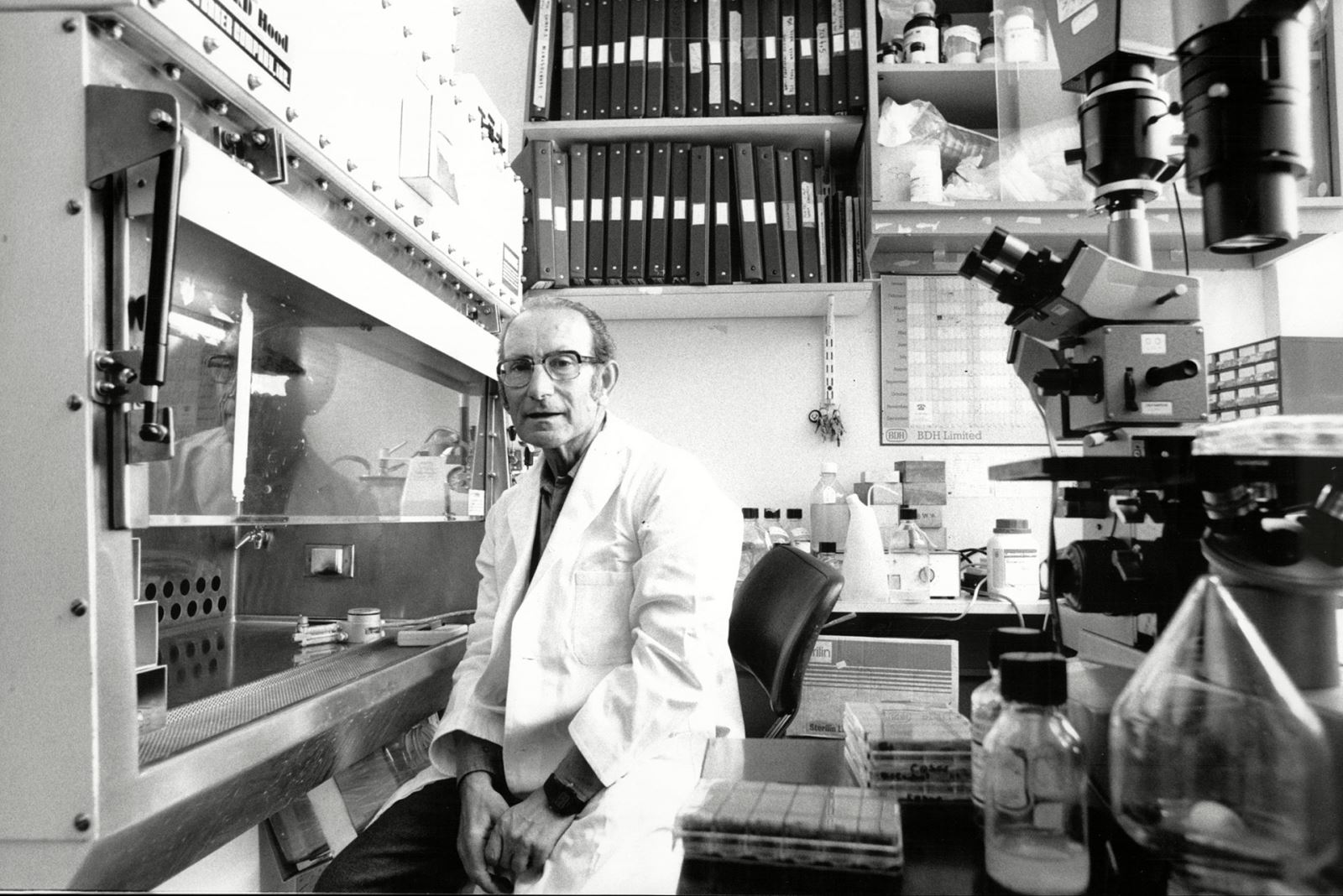
France A. Córdova
Astrophysicist (1947 - )
Since being entranced at the age of 13 by the Bohr’s model of the atom in a World Book encyclopedia (“I thought I had never seen anything so elegant, so simple”), she has reveled in the continuation of discovery. After watching the news coverage of the Apollo 11 moon landing and then a documentary about cosmology, France A. Córova became completely fascinated with space science. Córdova continued writing and editing articles as a staff member of the Los Angeles Times news service, but she was going to forge a career as a scientist. She earned her Ph.D. in Physics from the California Institute of Technology, one of only two women in a class of eighteen.he worked on an archaeological dig near a Zapotec Indian pueblo in Oaxaca, Mexico. Córdova then became deputy group leader at Los Alamos National Labs in New Mexico and headed the Astrophysics Department at Pennsylvania State University. She took leave of absence from Penn State to become Chief Scientist at NASA, where she was the Administrator’s chief advisor. Córdova’s star rose again when she won NASA’s highest honor, the Distinguished Service Medal. She then became Professor of Physics and Vice Chancellor for Research at UC Santa Barbara, and lastly head of the National Science Foundation.
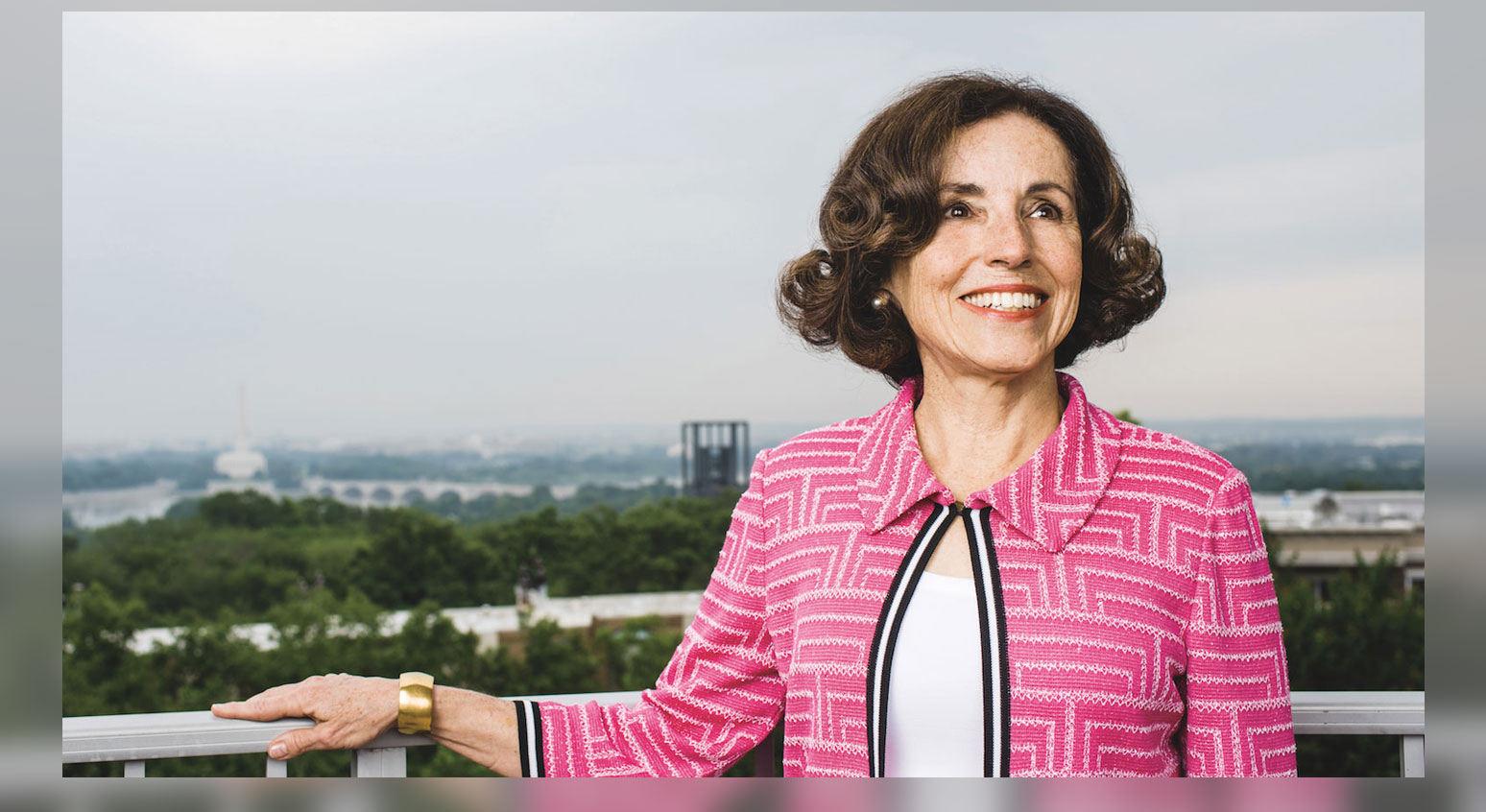
Mario Molina
Chemist (1943 - 2020)
Mario José Molina, (born March 19, 1943, Mexico City, Mexico—died October 7, 2020, Mexico City), Mexican-born American chemist who was jointly awarded the 1995 Nobel Prize for Chemistry, along with chemists F. Sherwood Rowland and Paul Crutzen, for research in the 1970s concerning the decomposition of the ozonosphere, which shields Earth from dangerous solar radiation. The discoveries of Molina and Rowland—that some industrially manufactured gases deplete the ozone layer—led to an international movement in the late 20th century to limit the widespread use of chlorofluorocarbon (CFC) gases. Molina studied chemical engineering at the National Autonomous University of Mexico (B.S., 1965) in Mexico City and received an advanced degree from the University of Freiburg (1967) in West Germany before returning to his alma mater to become an associate professor (1967–68). He resumed his education in the United States at the University of California, Berkeley (Ph.D., 1972), where he worked for a year before joining Rowland at the University of California, Irvine. The pair conducted experiments on pollutants in the atmosphere, discovering that CFC gases rise into the stratosphere, where ultraviolet radiation breaks them into their component elements of chlorine, fluorine, and carbon. There, each chlorine atom is capable of destroying about 100,000 ozone molecules before becoming inactive.
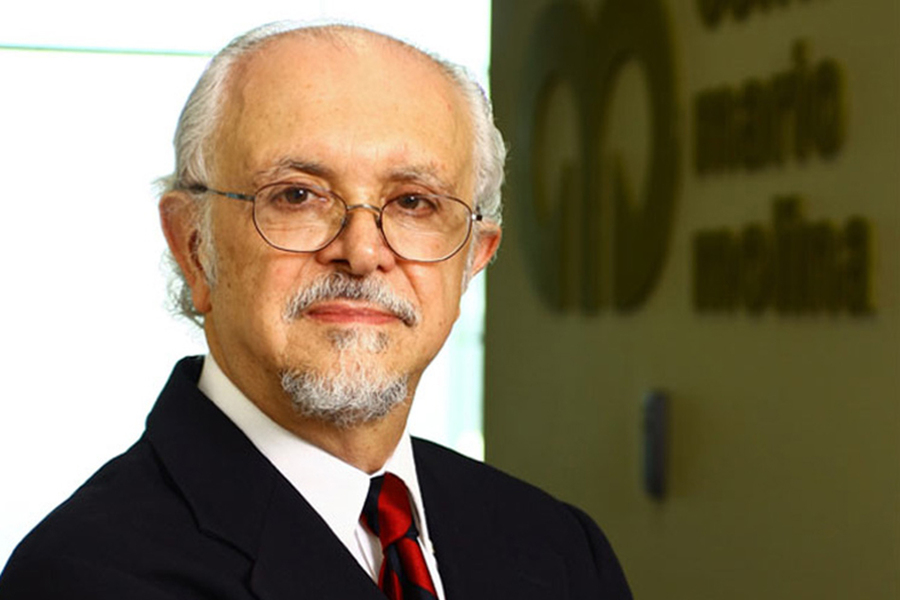
Albert Baez
Physicist (1912 - 2007)
Albert Vinicio Baez, a distinguished Mexican physicist, was born on November 25, 1912 in Puebla, Mexico. Baez demonstrated that he was a smart and dedicated individual by attaining various academic degrees. He earned his bachelor's degree in mathematics from Drew University in 1933 and, working at a fast pace, earned his master's degree in physics a mere two years later from Syracuse University.Following his graduation, in the 1950s, the Cold War arose and Baez's knowledge and skills were in high demand for the development of weapons of mass destruction. But, despite the large sums he would have earned, Baez refused to be a part of the war industry and decided to devote his time to humanitarianism and education instead. He was a professor at the University of Redlands from the years 1950 to 1956, and even though he dedicated most of his days to teaching, he also set aside time for his research into X-rays. One year after commencing his work at the university, Baez decided to take a year off and go to Baghdad with his family to work with the United Nations Educational, Scientific and Cultural Organization (UNESCO). His job was to establish the physics department and laboratory at Baghdad University. After his time in Baghdad, he returned to the University of Redlands and continued his work there. In 1959, he got a job at the Massachusetts Institute of Technology and he, along with his wife and three daughters, moved to Boston. One of his most important scientific developments was uncovered in 1960 while working with the Smithsonian Astrophysical Observatory in Cambridge: he developed optics for an X-ray telescope.
